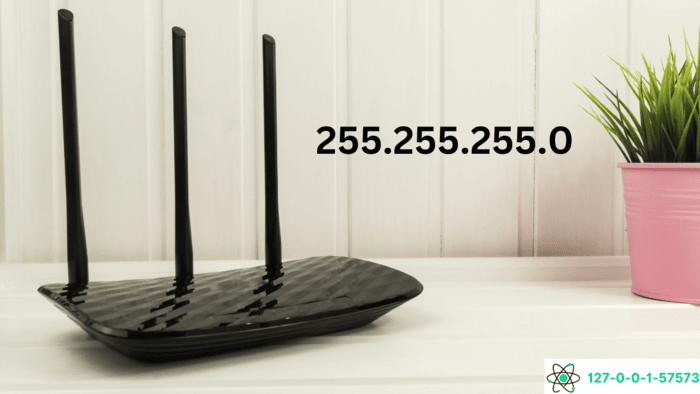The 255.255.255.0 subnet mask is one of the most popular in IPv4 networks. It is often used in home networks on routers to manage and organize internet-connected devices.
This mask divides an IP address into two parts: the network portion and the host portion. It supports up to 256 addresses, including one for the network and one for broadcasting, making it suitable for small to medium-sized networks.
Network experts commonly work with the 255.255.255.0 subnet mask for setting up or fixing networks. It plays a vital role in the Cisco Certified Network Associate (CCNA) certifications.
These tests often evaluate a person’s knowledge of subnetting and the practical use of masks like 255.255.255.0.
Learning about this subnet mask is essential for managing networks or preparing for networking certifications.
It is a fundamental building block for dividing more extensive networks into smaller, manageable segments.
Due to its broad application, having a solid grasp of 255.255.255.0 is invaluable. Whether setting up a home network or studying for an exam, understanding this subnet mask is a key skill for anyone in the networking field.

255.255.255.0 and Subnetting
Subnets divide IP address ranges into smaller parts. They reduce network congestion and control access between these divisions. A subnet mask defines each part.
Classful networks categorize IP addresses into five types (A, B, C, D, and E) based on their numerical range.
The subnet mask 255.255.255.0 represents a 32-bit binary format:
- 11111111 11111111 11111111 00000000
The zeroes in the mask define the IP range for the subnet—8 bits, which supports up to 256 addresses—adjusting the mask creates more subnetworks with smaller ranges, as outlined in the table below.
Subnet Details for 255.255.255 Mask Prefix
| Subnet Mask | Number of Subnets | Hosts Per Subnet |
| 255.255.255.0 | 1 | 254 |
| 255.255.255.128 | 2 | 126 |
| 255.255.255.192 | 4 | 62 |
| 255.255.255.224 | 8 | 30 |
| 255.255.255.240 | 16 | 14 |
| 255.255.255.248 | 32 | 6 |
| 255.255.255.252 | 64 | 2 |
A subnet mask, called a netmask, can block internet access if misconfigured.
Subnets and CIDR
The classful addressing system left many IP addresses unused. Large organizations and ISPs kept address blocks that others could not use. In the 1990s, the internet adopted classless IP networking to meet the rising need for IPv4 addresses.
Classless networks replaced the old subnet format with a shorter notation that counts the 1 bits in the mask. CIDR (Classless Inter-Domain Routing) expresses an IP address and its subnet mask as:
- xxx.xxx.xxx.xxx/n
Here, n refers to the count of 1s in the subnet mask, ranging from 1 to 31.
CIDR allows IP networks to function without relying on traditional address classes. It assigns network masks to IP numbers independently of their original class.
CIDR routers treat these networks as distinct routes, even if they combine several smaller subnets.
Network Classes
The InterNIC organization oversees internet domain names and organizes IP addresses into different classes. The most common classes are A, B, and C. A Class C network uses 255.255.255.0 as its standard subnet mask.
The Role of 255.255.255.0 in IP Addressing
Although it resembles an IP address, 255.255.255.0 functions as a subnet mask rather than an address, attempting to assign it (or any number starting with 255) as an IP address will cause the connection to fail due to the defined ranges of IP networks.
